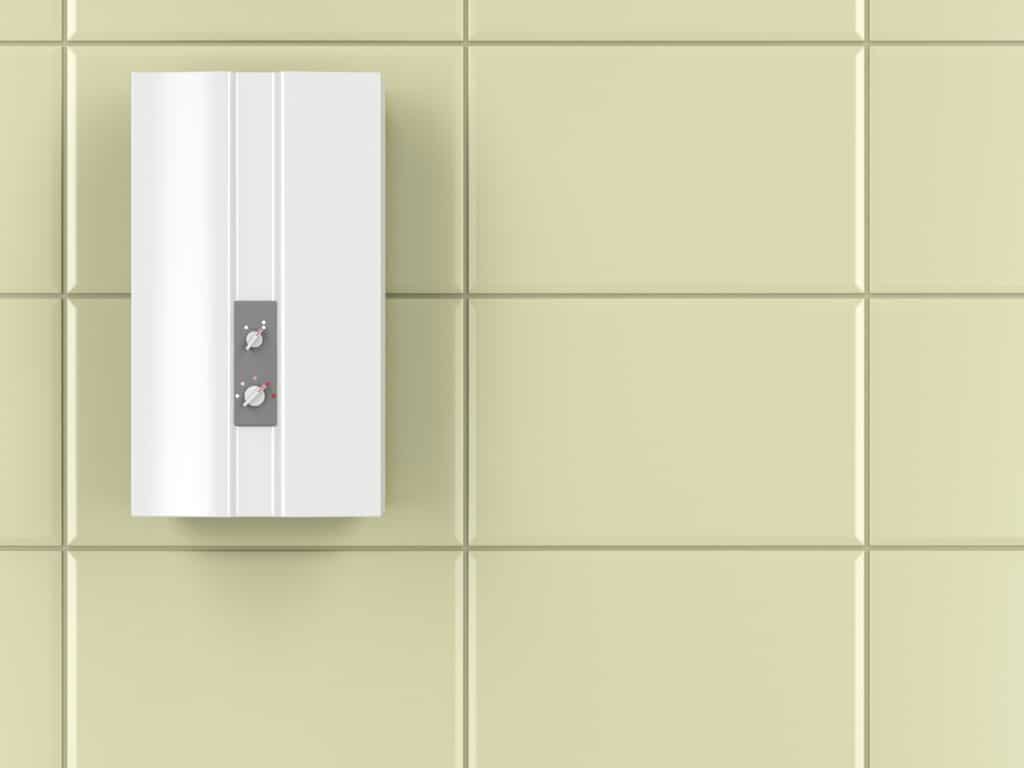Tankless water heaters have gained immense popularity in recent years due to their energy-efficient and on-demand hot water capabilities. These innovative appliances eliminate the need for bulky storage tanks, providing continuous hot water while reducing energy consumption. However, like any other home appliance, tankless water heaters require regular maintenance to ensure optimal performance and longevity. In this comprehensive guide, we will walk you through the essential steps for tankless water heater maintenance, helping you keep your system running smoothly for years to come.
Understand Your Tankless Water Heater

Before delving into maintenance procedures, it’s important to understand the inner workings of your tankless water heater. Unlike traditional water heaters, tankless models heat water directly as it flows through the unit, eliminating the need for a storage tank. Take the time to familiarize yourself with the manufacturer’s instructions and guidelines, as specific maintenance requirements may vary.
Regular Flushing
Flushing your tankless water heater is a critical maintenance task that should be performed at least once a year. Over time, mineral deposits and sediments can accumulate inside the heat exchanger, affecting the unit’s efficiency and performance. To flush the system:
- Begin by turning off the power supply to the unit and closing the water supply valve. This will prevent any potential damage to the unit as you flush the system.
- Next, attach a hose to the cold-water inlet and place the other end in a suitable drainage area. This will allow for the water to flow out of the system without causing any damage to your floors or property.
- In order to relieve any pressure in the system, open the hot water taps in your house, this will allow the hot water to flow out of the system and prevent any potential injuries or damage to the unit.
- Once you have relieved the pressure in the system, it is time to remove the purge port valves and flush the system using vinegar or a manufacturer-recommended descaling solution. This will remove any mineral buildup that could cause damage or reduce the lifespan of your unit.
- After flushing the system, reattach the purge port valves, close the hot water taps, and restore power and water supply. This will ensure that your unit is functioning properly and that it will continue to provide you with hot water for years to come.
Check for Leaks
Regularly inspecting your tankless water heater for leaks is crucial. Even a small leak can lead to water damage and energy wastage. Examine the connections, valves, and pipes for any signs of leakage. If you notice any leaks, it is advisable to contact a professional plumber to rectify the issue promptly.
Monitor Water Pressure
Maintaining the correct water pressure is vital for the optimal operation of your tankless water heater. High water pressure can strain the system, leading to premature wear and increased energy consumption. Use a pressure gauge to measure the water pressure periodically. If it exceeds the recommended range (typically 40-80 psi), consider installing a pressure-reducing valve.
Clean the Air Intake Filter
Most tankless water heaters are equipped with an air intake filter to prevent dust and debris from entering the unit. Over time, this filter can become clogged, hindering proper airflow and reducing efficiency. Consult the manufacturer’s instructions for guidance on cleaning or replacing the filter regularly. A clean filter ensures adequate ventilation and prolongs the lifespan of your unit.
Maintain Adequate Ventilation
Proper ventilation is essential for tankless water heaters, as they produce combustion gases during operation. Ensure that the venting system is unobstructed and free from debris, allowing the gases to vent safely outside. If you observe any signs of blockage or damage, contact a professional technician for assistance.
Schedule Professional Inspections
While you can perform basic maintenance tasks, it is advisable to schedule professional inspections at least once every two years. Qualified technicians can conduct thorough inspections of your tankless water heater, identifying potential issues and ensuring efficient operation. They can also perform specialized tasks such as checking the gas lines, electrical connections, and conducting combustion analysis.
Regular tankless water heater maintenance is key to maximizing the efficiency, performance, and lifespan of your tankless water heater. By following the essential maintenance steps outlined in this guide, you can enjoy a continuous supply of hot water while minimizing energy consumption and avoiding costly repairs. Always refer to the manufacturer’s instructions and seek professional help when necessary. With proper care, your tankless water heater will continue to provide reliable hot water for many years to come. Remember, a well-maintained tankless water heater is a happy and efficient appliance!







